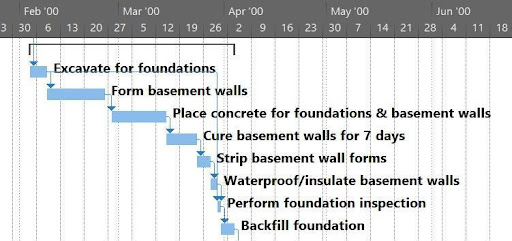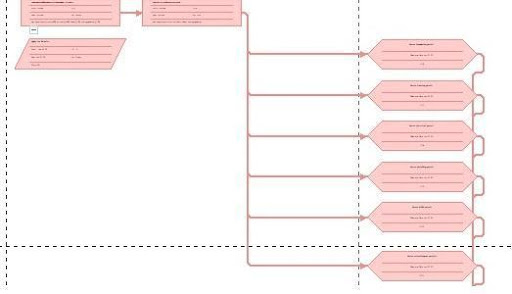Table of Contents
What is Project Scheduling?
Project scheduling is creating a project schedule after a detailed study of the project scope, drawings, and contract documents.
The Project Schedule includes the project start date, project finish date, project phases, Work Breakdown Structure, milestones, tasks under each WBS, sequence of work, duration of each task, relationships between tasks/milestones, task start date, task finish date, and total float/slack. Moreover, resources and costs are assigned for the tasks in the project schedule.
Importance of Project Schedule.
A well-planned project schedule will outline how the team manages the project from start to end, facilitating effective project management and communication among the stakeholders.
The project schedule is used to track the project’s progress at any date during the project duration. Progress tracking provides crucial feedback on whether the project is performing per the planned schedule and whether it will be finished on time by assessing the status of tasks and milestones in the project schedule.
The project schedule is helpful for resource planning, effective resource management, resource allocation, and resource monitoring for productivity.
The updated project schedule is used to prepare status reports for regular team meetings and project reviews. The project schedule facilitates better stakeholder coordination and focuses on the project’s performance. Moreover, the project schedule considerably impacts a project’s overall financial success.
Project Scheduling Techniques.
The techniques that can be efficiently used to develop a realistic project schedule are as follows.
1. Critical Path Method (CPM)
The CPM is a technique used to identify the longest sequence of tasks through a project schedule, determining the overall project duration. The longest sequence of tasks identified in the Critical Path Method is called the critical path. The critical path tasks are critical, and any delay in critical tasks will delay the project’s completion. There may be more than one critical path in a project schedule.
2. Gantt Chart
A Schedule Gantt chart is a bar chart, the most popular graphical representation to show the activities of a project schedule in a suitable time scale. The Gantt chart graphically illustrates each task’s start date, finish date, and dependencies

3. Program Evaluation Review Technique (PERT)
The Program Evaluation Review Technique uses a network diagram as a graphical representation to display the sequence of tasks and dependencies between tasks. The PERT helps calculate each task’s duration based on optimistic, pessimistic, and most likely scenarios.

4. Fast Tracking
Fast-tracking is the process of reducing the project’s overall duration by overlapping the tasks so that some tasks are carried out simultaneously with logical sequence rather than sequentially with a finish-to-start relationship as in the original project schedule.
5. Crashing
Crashing is another schedule compression technique to shorten the overall duration of the project schedule for the least incremental cost. In this technique duration of the tasks is reduced by the additional deployment of resources. Consequently, the overall project duration is reduced.
6. Task List
A task list is a complete list of tasks in a project schedule that need to be accomplished to complete a project. The task list includes descriptions of each activity, timeline, priority, and dependencies. The task list divides the project into phases, creates a Work Breakdown Structure, and establishes the project scope.
7. Resource Leveling
Resource leveling is one of the project scheduling techniques which is used to review the activities for over-allocation of resources and divert the over-allocated resources to critical activities to shorten the overall project duration with available resources.
8. Calendar
A calendar is a helpful tool for project schedules that defines working hours and holidays. Many calendars shall be created for a project schedule and appropriate calendars shall be assigned for respective activities.
For instance, the procurement activities shall be assigned a 7 days week calendar, and construction activities are assigned a 5-day or 6-day week calendar depending upon the rules and regulations of the country and the project location.
Conclusion
The above-mentioned techniques shall be used effectively to develop a realistic project schedule. A well-developed project schedule will be beneficial to monitor and track the project effectively and accomplish the project completion on time and within the budgeted cost.





